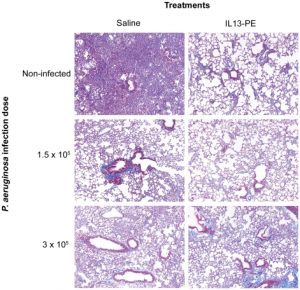BACKGROUND
Cryptococcosis continues to be a life-threatening mycosis that continues to be of severe concern in Latin American international locations, particularly amongst HIV+constructive inhabitants. However, there’s no dependable details about the prevalence of this illness in this area.
OBJECTIVE
The goal of this research is to report knowledge of 2041 sufferers with cryptococcosis that had been attended on the Infectious Diseases Hospital F. J. Muñiz over a 30 year-period.
METHODS
Information about demographic and clinical knowledge, survival time and the utilized remedy, was taken from the Mycology Unit database. Mycological exams from completely different clinical samples had been carried out. Cryptococcal capsular antigen in serum and cerebrospinal fluid was detected by the latex agglutination approach. Cryptococcus isolates had been phenotypically recognized and the genotype was decided in some of them. Susceptibility checks had been carried out following M27-A3 doc.
RESULTS
Seventy 5 % of HIV+constructive sufferers and 50% of the HIV-negative inhabitants had been males. Mean ages had been 34.1 in HIV+constructive sufferers and 44.8 in the HIV-negative. Cryptococcosis was related to AIDS in 98% of the instances. Meningeal compromise was seen in 90% of the sufferers. Although cerebrospinal fluid rendered extra constructive outcomes, blood tradition was the primary diagnostic discovering in some instances. Cryptococcal antigen confirmed constructive outcomes in 96.2% of the sera samples and in the 93.1% of the cerebrospinal fluid samples. Most of the isolates had been Cryptococcus neoformans and belonged to genotype VNI. Minimal inhibitory focus values had been largely beneath the epidemiological cutoff values.
CONCLUSIONS
We noticed that because of a excessive degree of clinical suspicion, early prognosis, mixed remedy and intracranial strain management by each day lumbar punctures, the worldwide mortality fee has markedly decreased by the years in the analyzed interval.
Azole resistance amongst Aspergillus fumigatus isolates, which is principally associated to mutations in the cyp51A gene, is a priority as a result of it’s rising, worldwide disseminated, and related with remedy failure and loss of life.
Data on azole resistance of aspergillus
from Latin American international locations could be very scarce and don’t exist for Peru. Two hundred and seven Aspergillus clinical isolates collected prospectively underwent mycology and molecular testing for species identification, and 143 isolates had been confirmed as A. fumigatus sensu stricto (AFSS). All AFSS had been examined for in vitro azole susceptibility, and resistant isolates underwent PCR amplification and sequencing of the entire cyp51A gene and its promoter.
The in vitro susceptibility confirmed a minimal inhibitory focus (MIC) vary, MIC50 and MIC90 of 0.125 to >16, 0.25, and 0.5 μg/ml for itraconazole; 0.25 to 2, 0.5, and 0.5 μg/ml for voriconazole; and 0.003 to 1, 0.06, and 0.125 μg/ml for posaconazole.
Three isolates (2%) confirmed resistance to itraconazole and exhibited completely different mutations of the cyp51A gene. One isolate harbored the mutation M220Ok, whereas a second one exhibited the G54 mutation plus a modification in the cyp51A gene promoter.

The third isolate, from an azole naive affected person, offered an integration of a 34-bp tandem repeat (TR34) in the promoter area of the gene and a substitution of leucine 98 by histidine (L98H). The three supply sufferers had a prognosis or suspicion of power pulmonary aspergillosis.

